Big cat hybrids, like ligers (a cross between a male lion and a female tiger) and tigons (a product of a male tiger and a female lion), have fascinated people for years. These majestic creatures often capture the public’s curiosity due to their enormous size and unique appearance. However, the ethical implications of breeding these hybrids are a subject of intense debate. In this article, we will explore whether big cat hybrids should be banned, delving into the associated ethical, ecological, and conservation issues.
The Science Behind Big Cat Hybrids

Understanding the science of big cat hybrids is key to grasping their existence. Hybrids occur when two different species interbreed, producing offspring with mixed genetic traits. Ligers, for instance, result from breeding lions and tigers, leading to genetic traits like the lion’s tawny fur and the tiger’s stripes. Though fascinating, these hybrids face several biological challenges, including genetic abnormalities and health problems.
Health Issues in Big Cat Hybrids
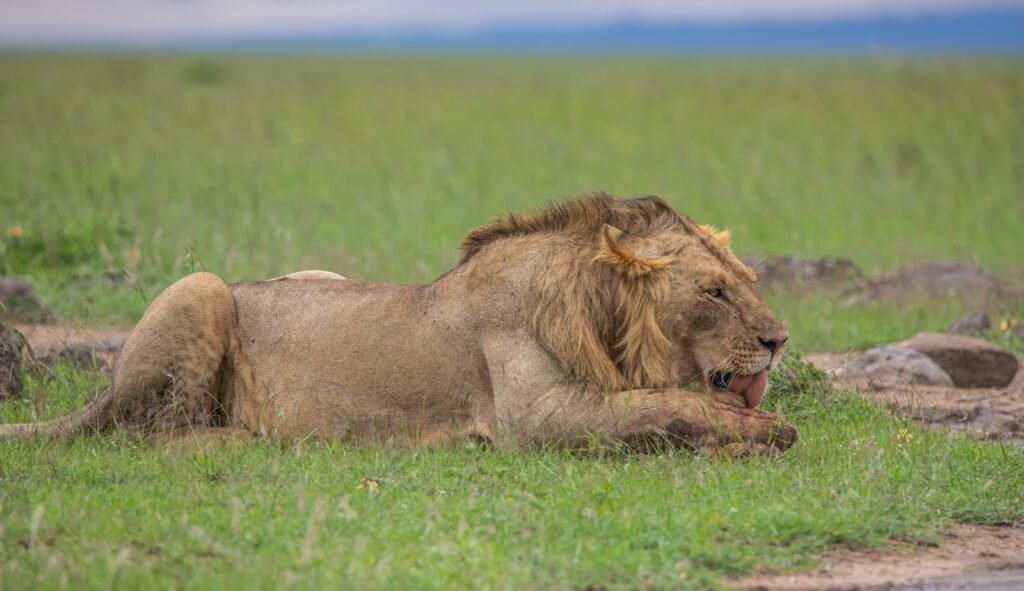
Big cat hybrids often suffer from significant health issues due to their mixed genetics. Ligers, which can be the largest of the big cats, may face health problems such as heart defects, joint issues, and obesity. Additionally, their massive size can lead to complications in mobility and overall well-being. Other hybrids like tigons also suffer from similar health concerns, making their lives more difficult compared to their purebred counterparts.
Lack of Conservation Value
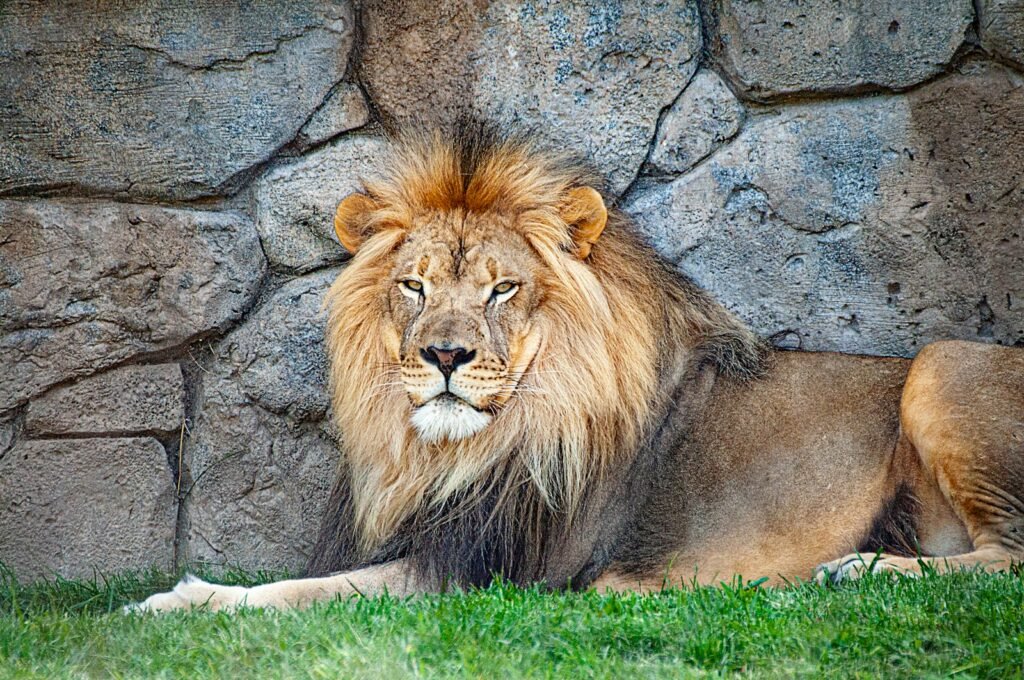
One of the critical arguments against breeding big cat hybrids is their lack of conservation value. While some may argue that hybrids could help preserve lion and tiger genes, these creatures do not exist in the wild and do not contribute to the conservation of endangered species. Purebred lions and tigers face serious threats in their natural habitats, and resources would be better allocated towards protecting their populations and ecosystems.
Ethical Considerations in Breeding
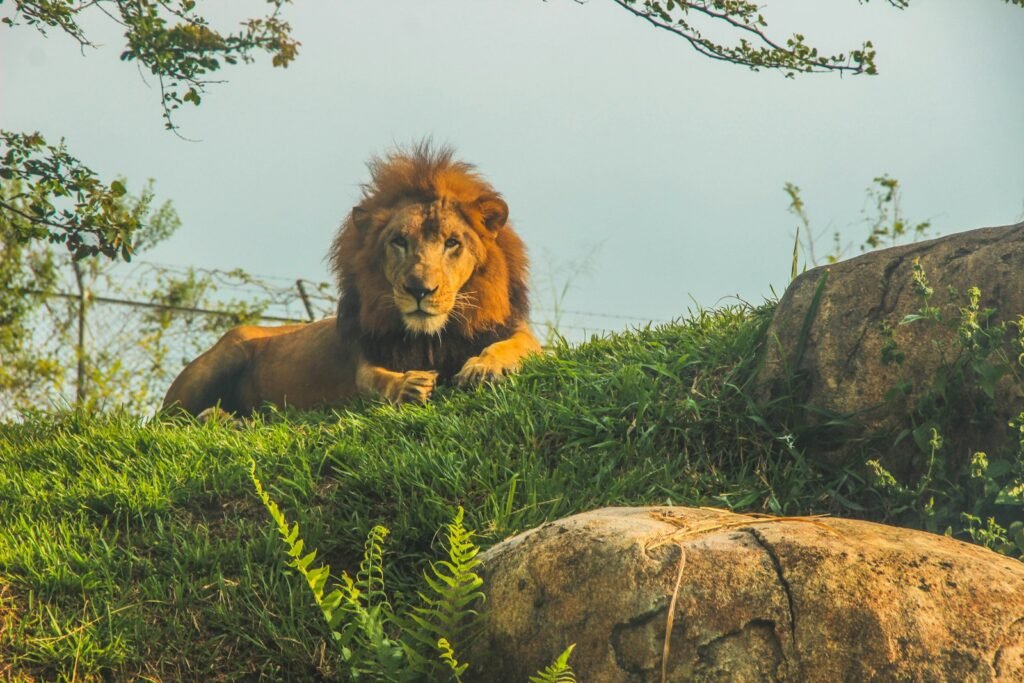
The ethics of breeding big cat hybrids are highly debatable. These animals are often bred for entertainment or commercial purposes rather than scientific or conservation reasons. The process of creating hybrids can lead to significant animal welfare concerns, including stress and inadequate care. Breeding large animals with known health issues for attraction purposes raises ethical questions about the exploitation of wildlife for human entertainment.
Impact on Wildlife Sanctuaries and Zoos
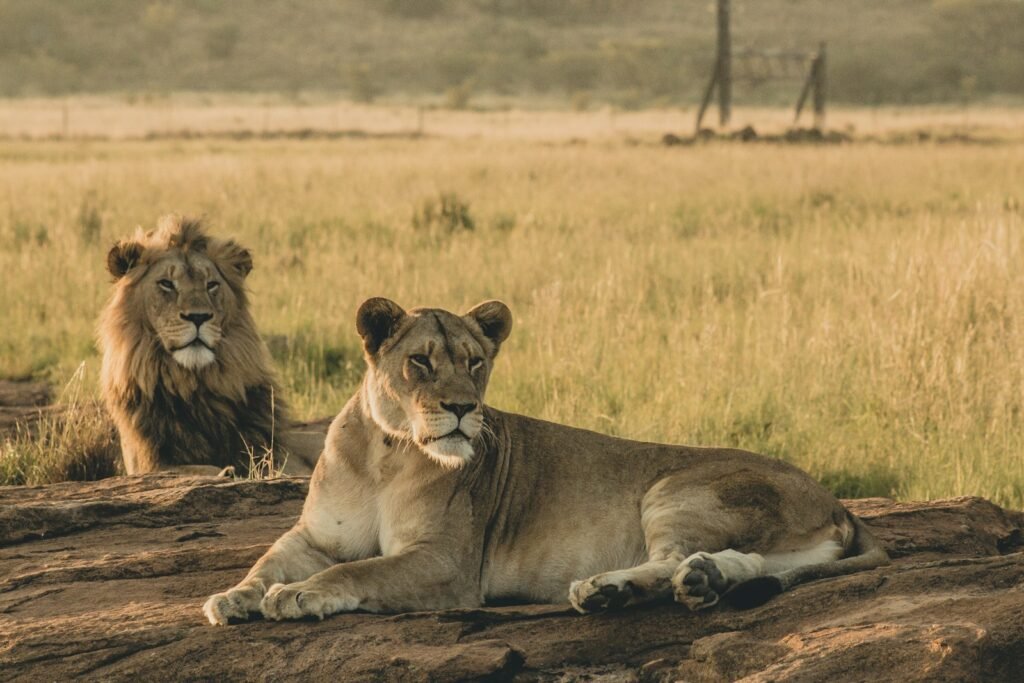
Zoos and sanctuaries that house big cat hybrids face unique challenges, including specialized care requirements. Providing adequate space, healthcare, and enrichment for these hybrids can be resource-intensive and divert attention from conserving endangered species. Some institutions avoid housing hybrids altogether, focusing instead on species preservation and education programs that promote wild population conservation.
The Role of Responsible Animal Care
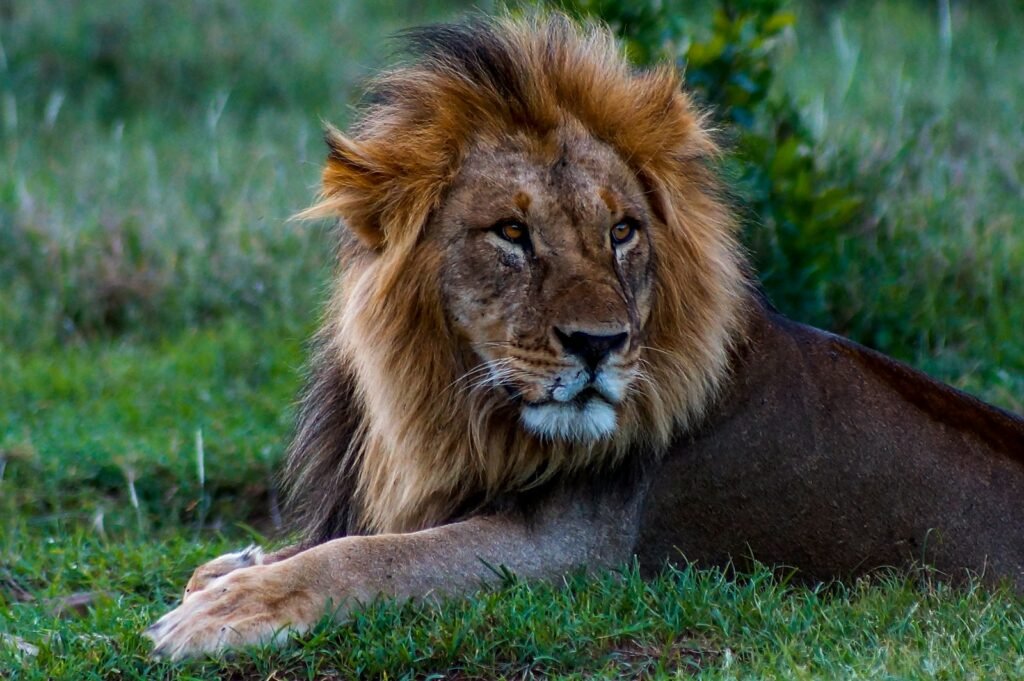
Responsible care for existing big cat hybrids is crucial to ensuring their quality of life. For facilities that have hybrids, implementing proper care strategies—including veterinary attention, spacious habitats, and mental stimulation—is essential. The goal should be to maintain a high standard of ethical animal management while advocating against further breeding of these hybrids.
Public Perception and Influence
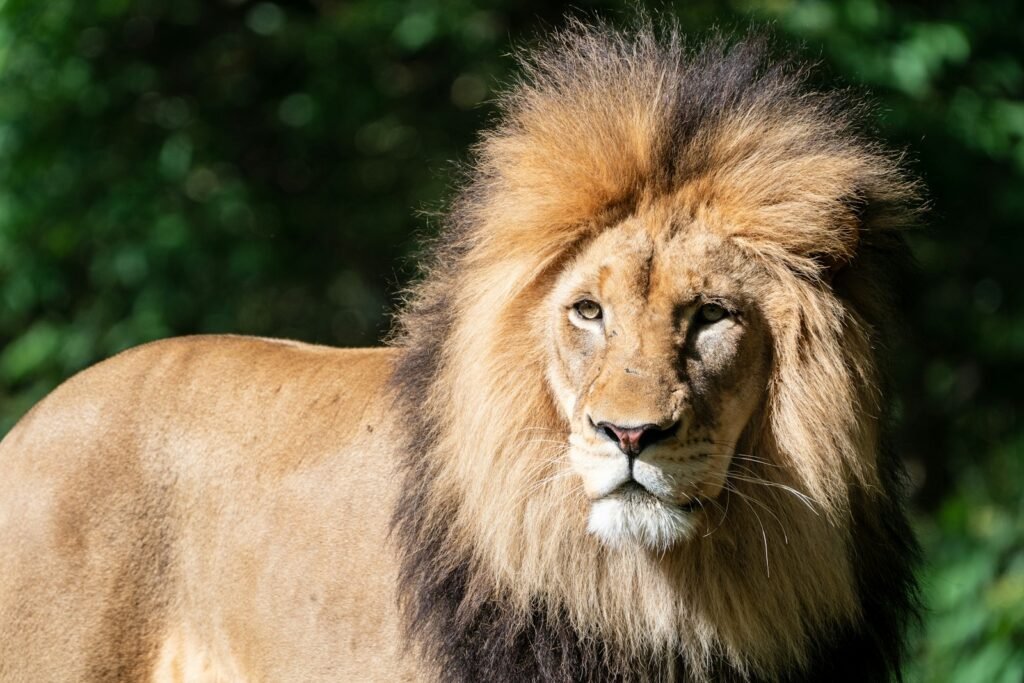
The public’s fascination with big cat hybrids often stems from their extraordinary appearance and size, amplified by media coverage and popular culture. Public perception can influence policy and practices in zoos, sanctuaries, and breeding programs. Increased awareness and education about the realities and ethical issues of hybrid breeding can help shift public opinion towards supporting conservation-first policies.
Legal Perspectives on Hybrid Breeding
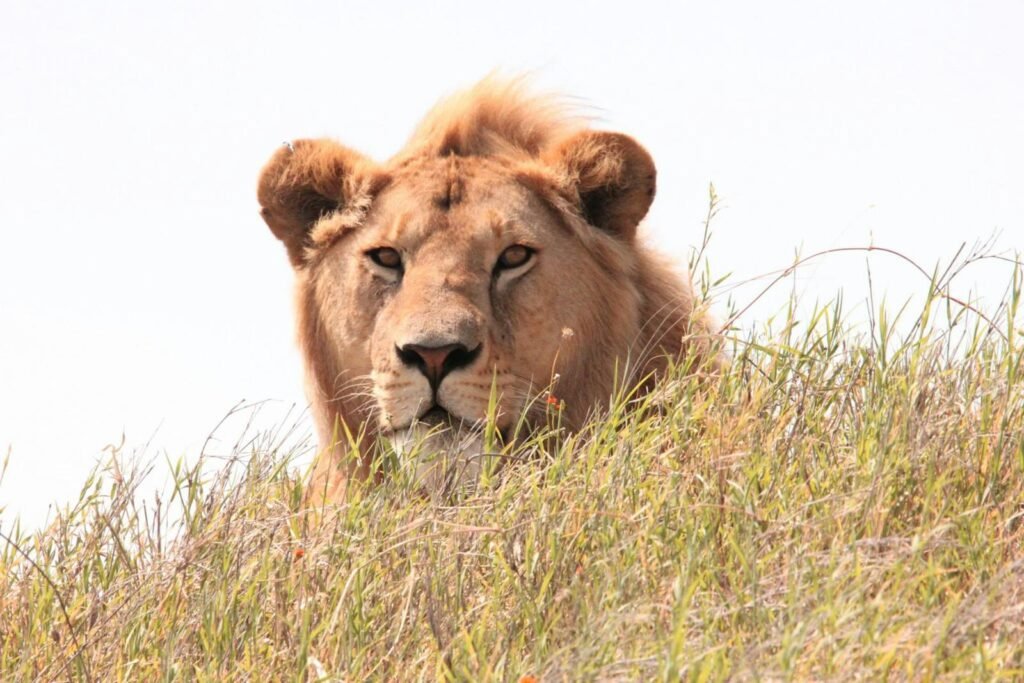
Legal regulations regarding big cat hybrids vary worldwide, with some countries implementing strict controls on breeding or outright bans. In places where regulations are weak or nonexistent, hybrids find themselves at greater risk of exploitation. Creating comprehensive policies that protect wildlife and curb irresponsible breeding practices is crucial in addressing this issue.
The Case for Banning Big Cat Hybrids
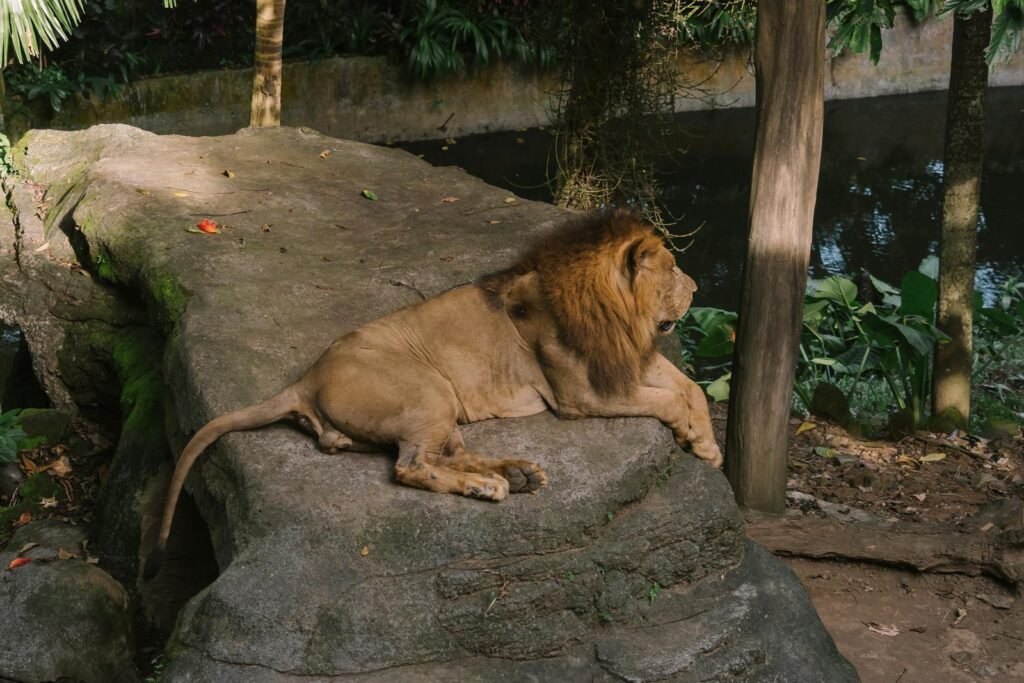
Banning the breeding of big cat hybrids can serve multiple purposes. It would prevent the further exploitation of these animals for profit or entertainment while encouraging efforts to conserve genuine wild populations. Redirecting resources and attention from hybrid breeding to habitat preservation and species protection can strengthen global conservation efforts and ensure that purebred species have a chance to thrive.
Conclusion: A Shift Toward Conservation
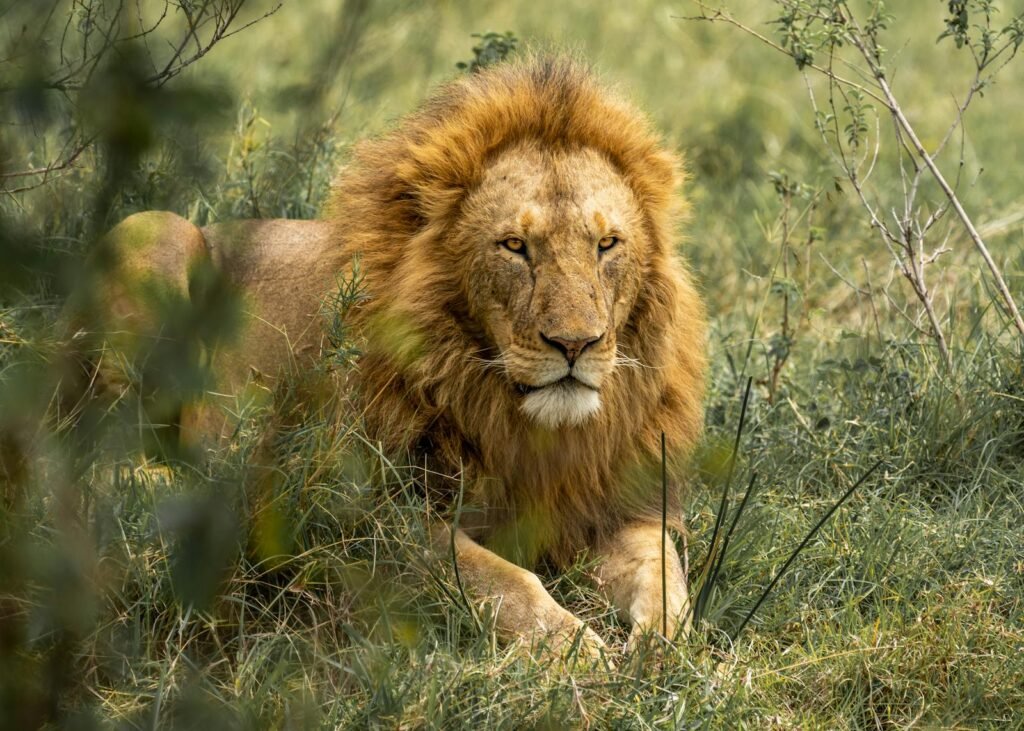
The controversy surrounding big cat hybrids like ligers is complex, encompassing biological, ethical, and legal dimensions. While these hybrids captivate the imagination, the overriding focus should be on preserving the species that share our planet. By channeling resources into conserving natural habitats and supporting scientific studies that enhance our understanding of these magnificent creatures, we stand a better chance at securing a future for lions and tigers in the wild.
Hi, I’m Bola, a passionate writer and creative strategist with a knack for crafting compelling content that educates, inspires, and connects. Over the years, I’ve honed my skills across various writing fields, including content creation, copywriting, online course development, and video scriptwriting.
When I’m not at my desk, you’ll find me exploring new ideas, reading books, or brainstorming creative ways to solve challenges. I believe that words have the power to transform, and I’m here to help you leverage that power for success.
Thanks for stopping by, Keep coming to this website to checkout new articles form me. You’d always love it!






